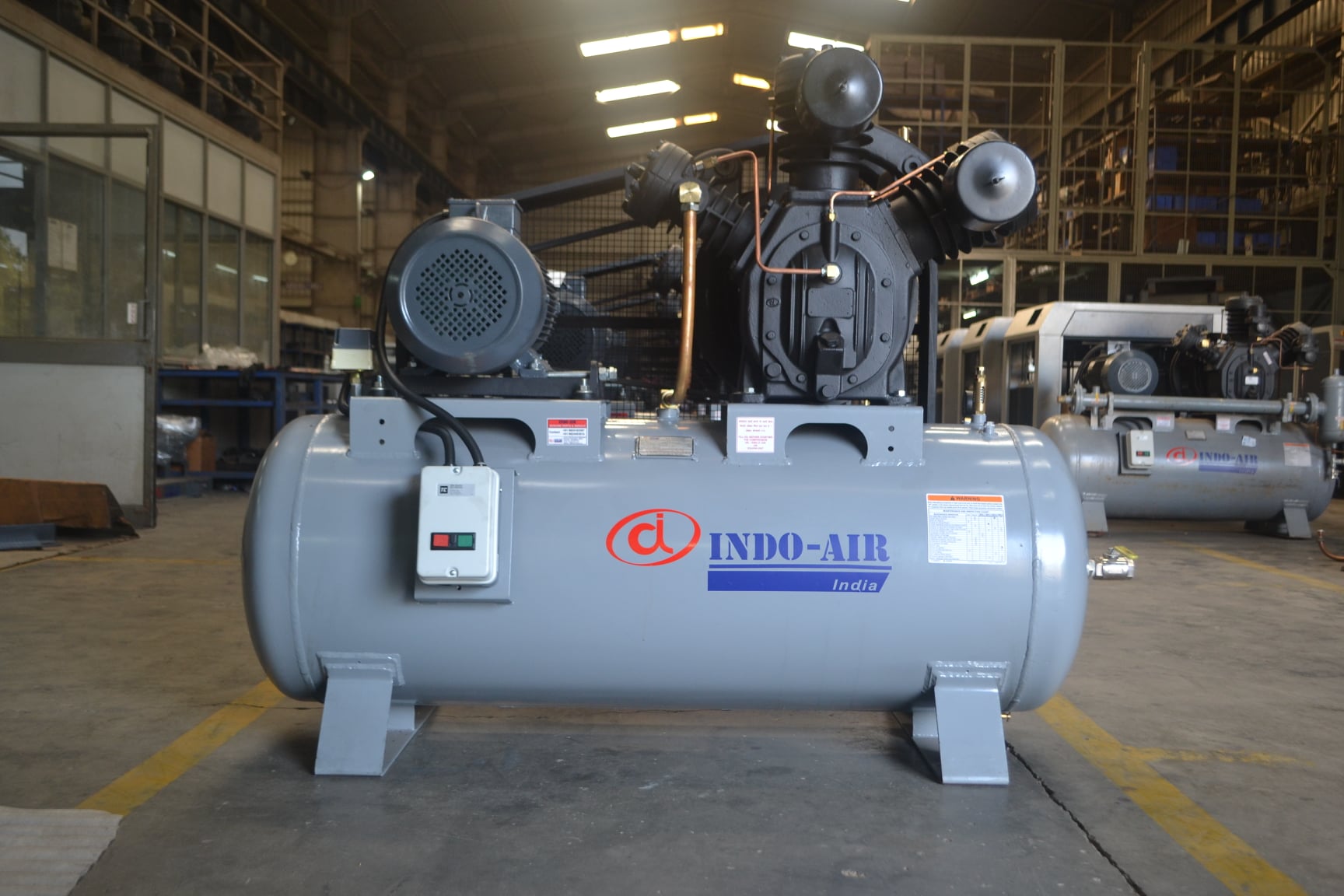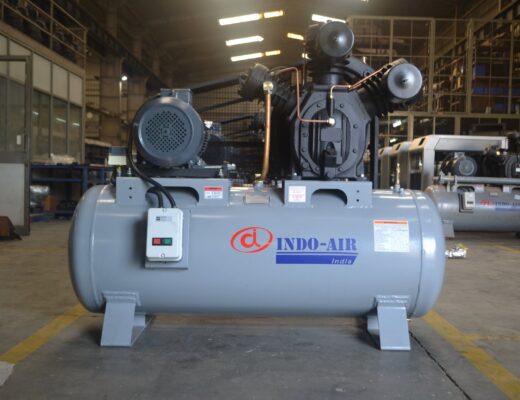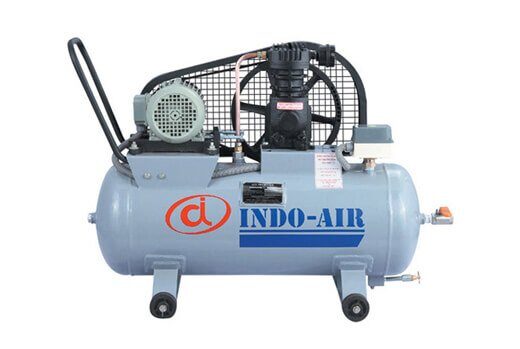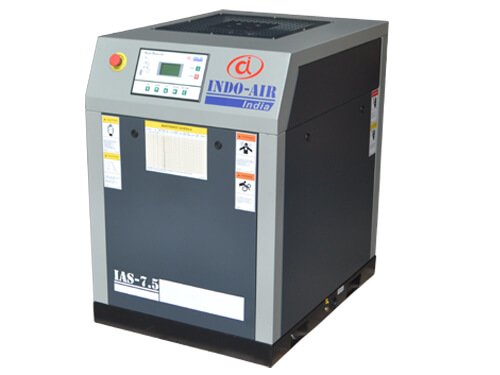Compressors that are inefficiently sized not only make work more difficult, but they can also result in greater energy expenses per unit of compressed air. When picking the correct compressor for the work, keep your CFM requirements, duty cycle, and pressure in mind and your selection must not be based on the horsepower alone. Even if you have purchased your compressor from the best compressor manufacturers in India, you must size it according to your needs so that you can use it efficiently. This guide will help you to size your compressor in a better way.
Determining Your Air Requirements
To begin, make a list of all the current tools in use, as well as how many of them there are. You’ll need to know your CFM needs per tool whether you’re buying a compressor for a repair shop, a body shop, or anything else. For specific CFM requirements, it is recommended to contact the tool manufacturer. Make a note of them next to the appropriate tool in your list. After that, you’ll need to put all of your CFM requirements together to get your overall air requirements, so having all of this information in one place is essential.

Remember to add roughly 40% to all of your estimates to account for leakage and accurately plan for your company’s development.
Know about Your Duty Cycle
Your duty cycle or power cycle might assist you in determining what type of air compression system you require. A duty cycle is the period of time during which a compressor maintains a constant pressure (PSI) and flow (CFM). Begin by keeping track of how much time you spend on each tool every day. Compressor time on/ (time on Plus time off) = Duty Cycle % is the standard formula used to determine this.
Don’t worry if you’re just getting started; simply look at your daily duties and estimate the proportion of time you’ll be using the compressor during working hours. Understanding your duty cycle might be the difference between a Righty performed job or extreme frustration
Are you aware of your Pressure?

With the exception of tyre changers, air jacks, and in-ground lifts, which function at 150 psi, most shop tools and equipment run at 90-100 psi. Refer to your equipment list for accurate Pressure guidelines, and verify with each manufacturer. Remember that you don’t have to combine all of your Pressure together as you did for the CFM needs; simply utilise the value of the tool that demands the most pressure.

Select the Compressor
You’ll be able to figure out what size compressor tank or receiver you need now. The most common sizes made by the air compressor manufacturers are 150 / 225 / 300 Liters, and most compressor manufacturers provide standardized sizes depending on CFM. To reduce the possibility of inefficient and brief compressor cycle, the receiver retains compressed air. In addition to tank capacity, you’ll want to think about engine characteristics and maximum pressure.
Additional Resources
Prior to installation, make sure to follow the above steps and you will definitely be able to size your air compressor according to your needs and will be able to use it efficiently. Instead of sizing it with inefficient tools, make sure you follow the guidelines or take help from the experts




